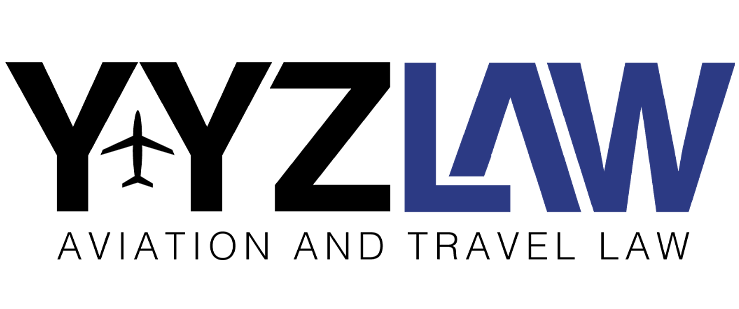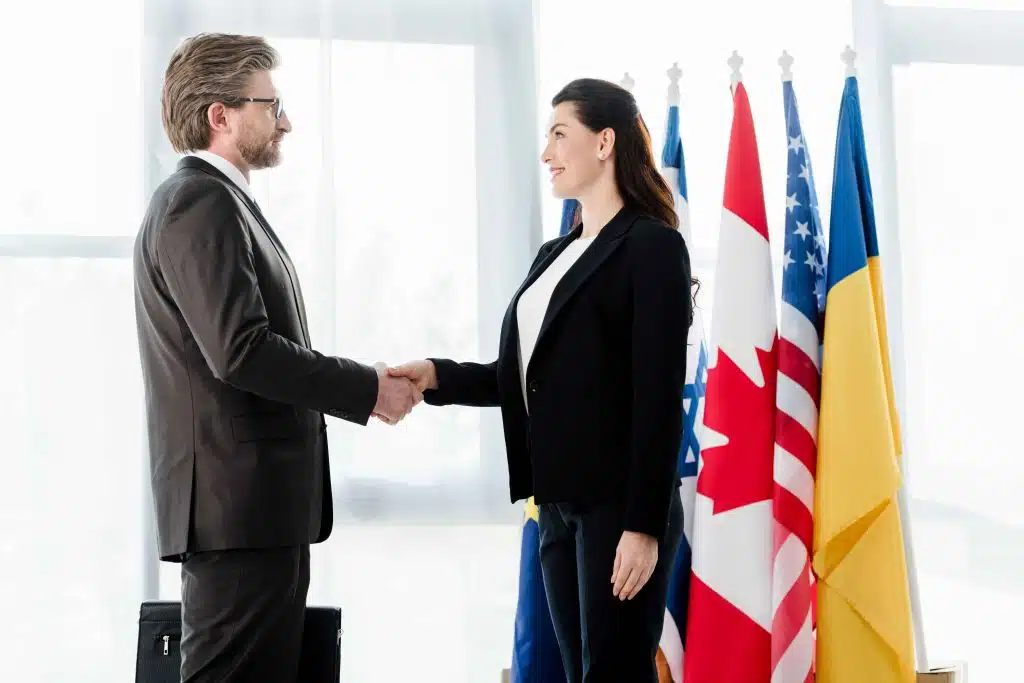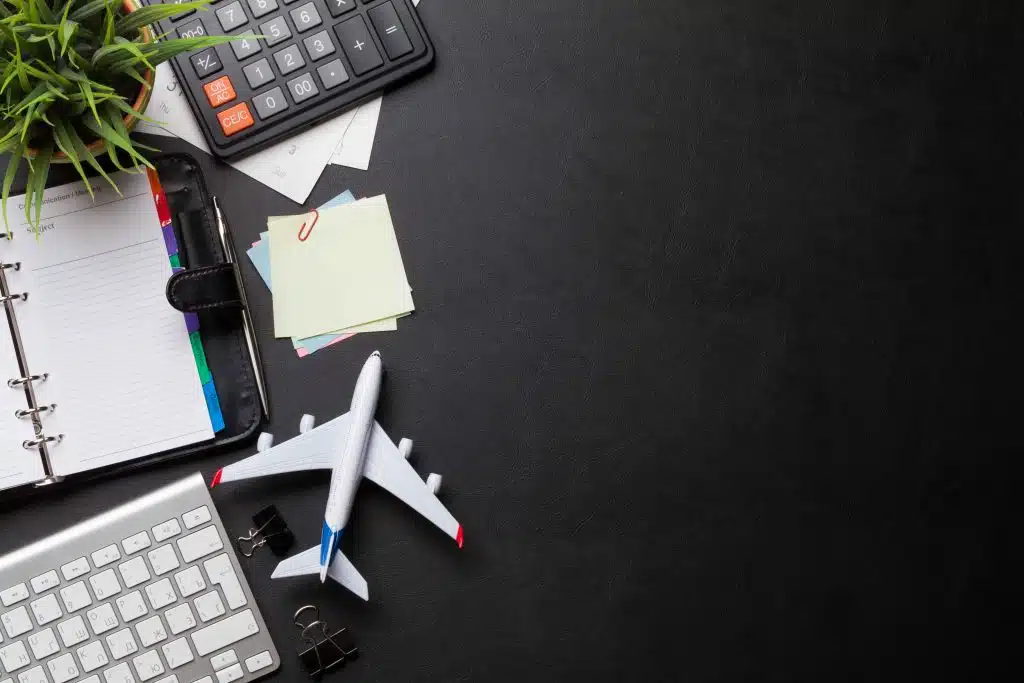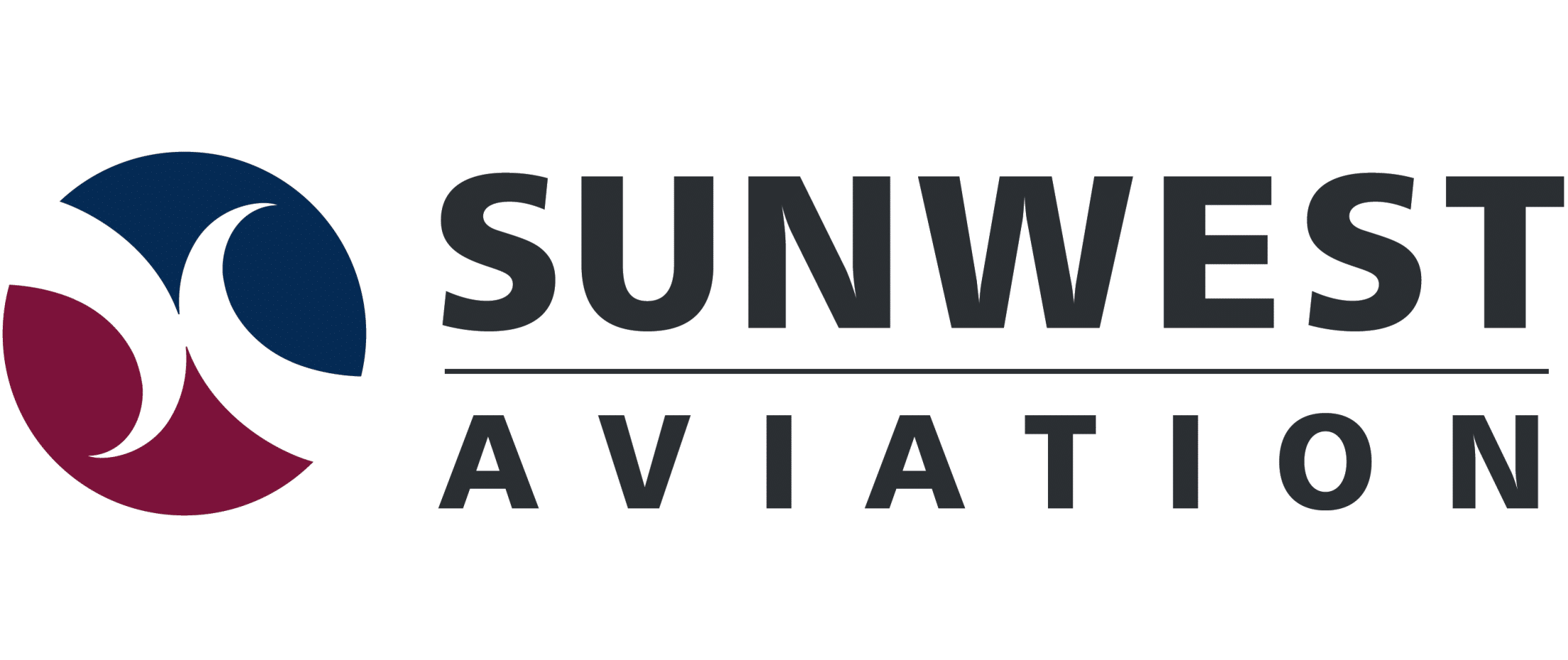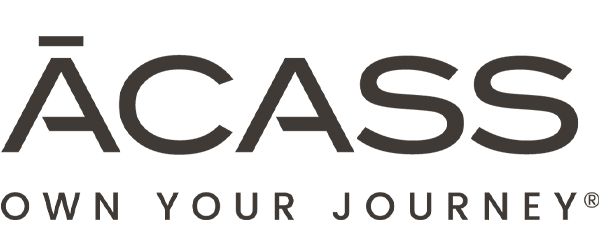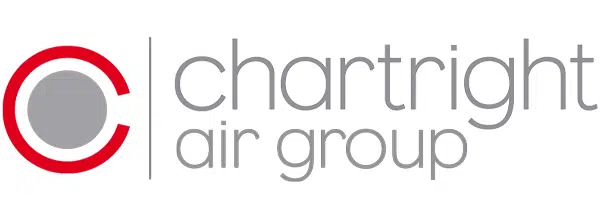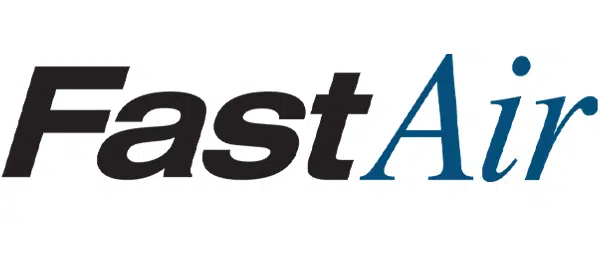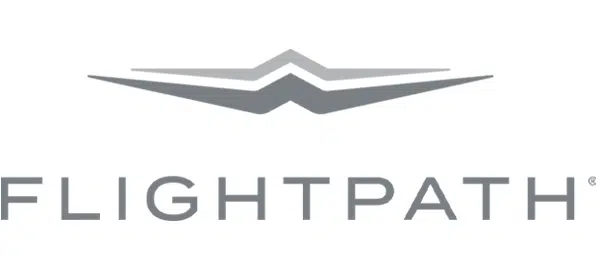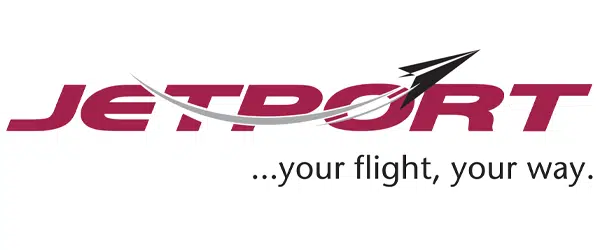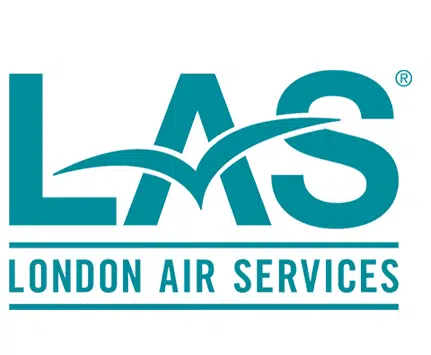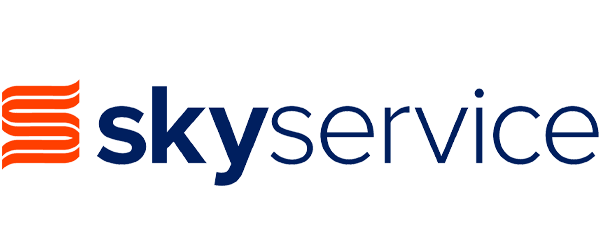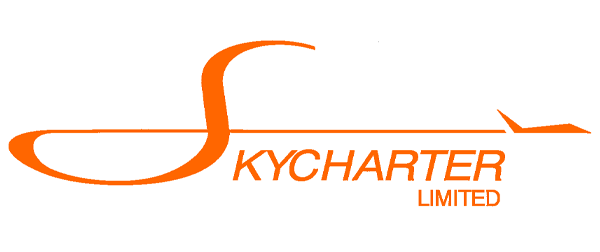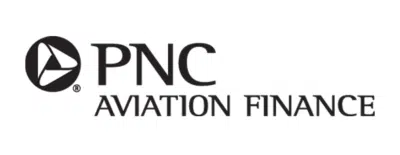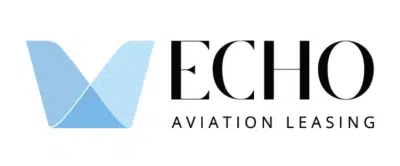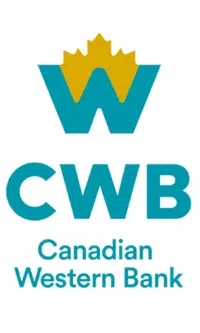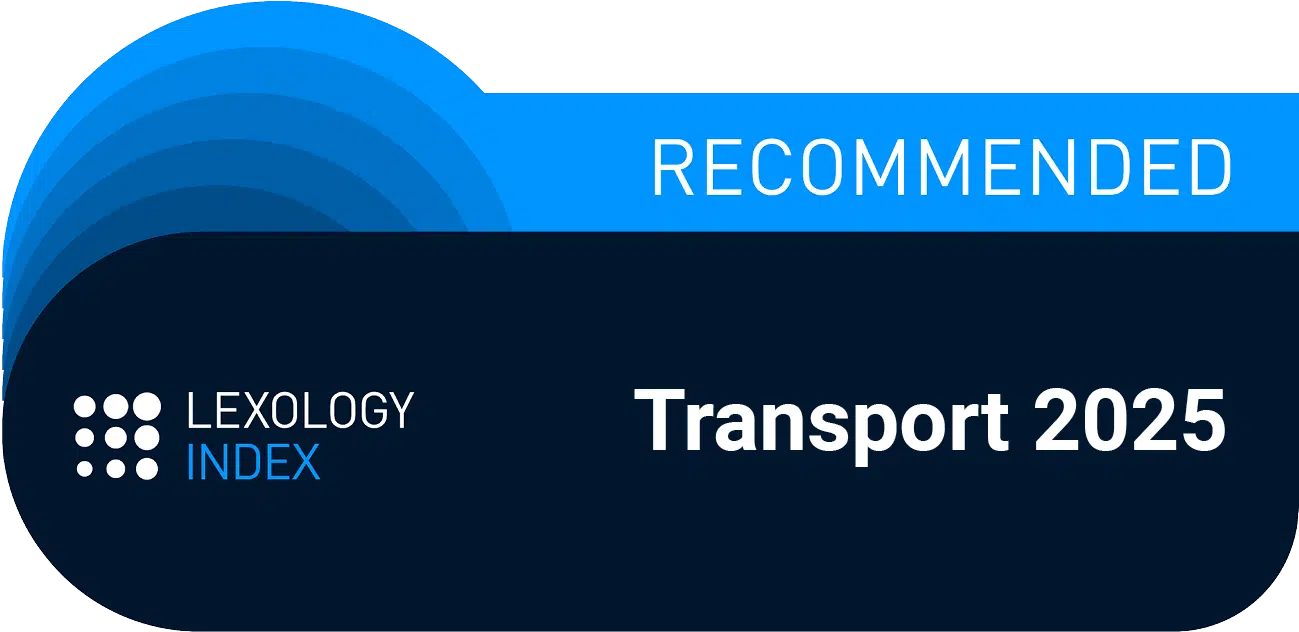Resolving the Ambiguities surrounding the Canadian Luxury Tax: Insights on Application and Exemptions
Canada’s federal legislation on luxury items, the Luxury Items Tax Act (the “Act”), was introduced in the 2021 Federal Budget and came into effect on September 1, 2022. The Act imposes a tax on aircraft, calculated as the lesser of:
- 10% of the full value of the aircraft over CAD $200,000, or
- 20% of the value of the aircraft above the CAD $100,000 threshold and below CAD $200,000.
The tax applies at the time of sale, importation, or lease of eligible aircraft, with the legal responsibility for collecting the tax resting on registered vendors, lessors, and importers—not on buyers or lessees.
Read more about our Canadian Luxury Tax Service.
To which aircrafts does it apply?
The tax applies to aircraft – airplanes, gliders and helicopters – that meet the following criteria:
- The aircraft manufactured after 2018;
- The aircraft having a certified maximum carrying capacity of 39 seats or less; and
- The aircraft having a total price (which includes charges and fees but does not include the applicable GST/HST or provincial sales tax) exceeding CAD $100,000.
In practice, the CAD $100,000 price threshold is largely irrelevant given the lack of aircraft available on the market for less than CAD $200,000. Luxury Tax is typically a one-time tax at the point of sale or importation for aircraft, provided that the aircraft retains its status as a “subject aircraft” and no significant modifications or changes in use occur that would alter its tax status.
Applicable Exemptions
Aircraft are exempt from the Luxury Tax if:
Certain aircraft are exempt from the Luxury Tax under the following conditions:
- Manufactured before 2018.
- Purchased under an agreement entered into before January 1, 2022.
- Registered with any government (including foreign registrations) prior to September 1, 2022, and used by an operator before September 1, 2022, for purposes other than activities incidental to the aircraft’s sale or manufacture.
- Classified as a “Qualifying Subject Aircraft” under the Act.
What is a “Qualifying Subject Aircraft”?
To qualify as a “qualifying subject aircraft,” the aircraft must be used 90% or more for qualifying flights.
- Qualifying flights are flights conducted as part of a business with a reasonable expectation of profit by the aircraft owner.
- Charter flights count as qualifying flights, provided they are for commercial air service and not for personal leisure.
Flights for the personal leisure or enjoyment of the owner (or related persons) do not count as qualifying flights, even if the flights are paid for at arm’s length charter rates. Importantly, if an aircraft no longer meets the “qualifying subject aircraft” requirements, the Luxury Tax becomes payable.
Private Sales and Anti-Avoidance Rule
In private transactions, where neither party is a typical dealer or a registered seller, liability for the luxury tax can still arise. Even individuals selling luxury items privately are not automatically exempt. The Act ensures that the buyer or seller cannot evade tax obligations through private arrangements.
Subdivision D of the Act contains anti-avoidance rules to prevent individuals or entities from structuring transactions to circumvent the tax. The Canada Revenue Agency (CRA) can review and challenge transactions under Subdivision D where it identifies such attempts to avoid tax liability, applying the tax as if the avoidance had not occurred.
Conclusion
Navigating the tax landscape in Canadian aviation transactions requires specialized knowledge of both tax law and aviation regulations. Aircraft transactions-whether purchases, sales, or leases—involve significant financial commitments that are subject to various tax obligations. Understanding these obligations is crucial to avoid costly mistakes and ensure compliance with federal and provincial tax laws.
At YYZlaw, we offer specialized tax advice tailored to address the complexities of the luxury tax and other tax considerations in aircraft transactions. Our services begin with a detailed assessment of your transaction to identify all potential tax liabilities, including the applicability of the Luxury Tax Act, GST/HST implications, and provincial sales taxes. Missteps in managing these obligations can result in substantial financial penalties, making careful planning essential.
For buyers, one of the primary concerns is the Luxury Tax even though no direct obligation to pay, understanding how to structure the transaction effectively can help reduce this tax burden. YYZlaw works with clients to explore strategies such as using specialized ownership structures, corporate purchases, or leveraging potential exemptions for certain aircraft uses, such as commercial operations.
For sellers, the Luxury Tax may not directly apply on resale if it was previously paid, but careful planning is still necessary to manage other potential tax obligations, such as capital gains tax. Sellers must ensure that the transaction is structured to minimize tax exposure, whether through available exemptions, adjustments to the sale price, or structuring the sale as a share transaction instead of an asset sale. YYZlaw provides guidance to optimize the transaction in a tax-efficient manner.
Our expertise in luxury tax compliance and planning ensures that your aircraft transaction is handled with precision, protecting your financial interests while maintaining compliance with all applicable laws. Contact YYZlaw to navigate these complexities with confidence.
- How do tariffs Affect Business Aviation
- Resolving the Ambiguities surrounding the Canadian Luxury Tax: Insights on Application and Exemptions
- The Canada Luxury Tax
